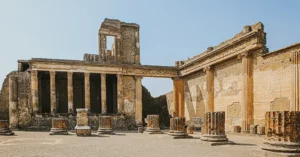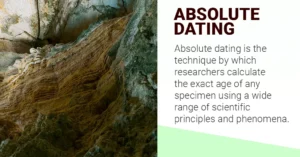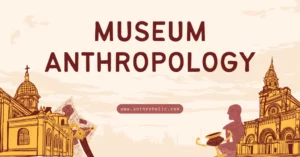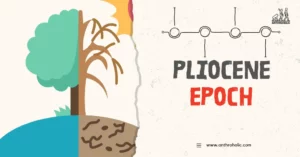AI Answer Evaluation Platform Live Now. Try Free Answer Evaluation Now
Landscape Archaeology
Landscape archaeology is a branch of archaeology that focuses on the study of human interaction with the natural environment across time. It involves the research of the physical elements of the landscape, such as topography, geology, soils, and vegetation, as well as the cultural and social activities that have influenced the landscape over time.
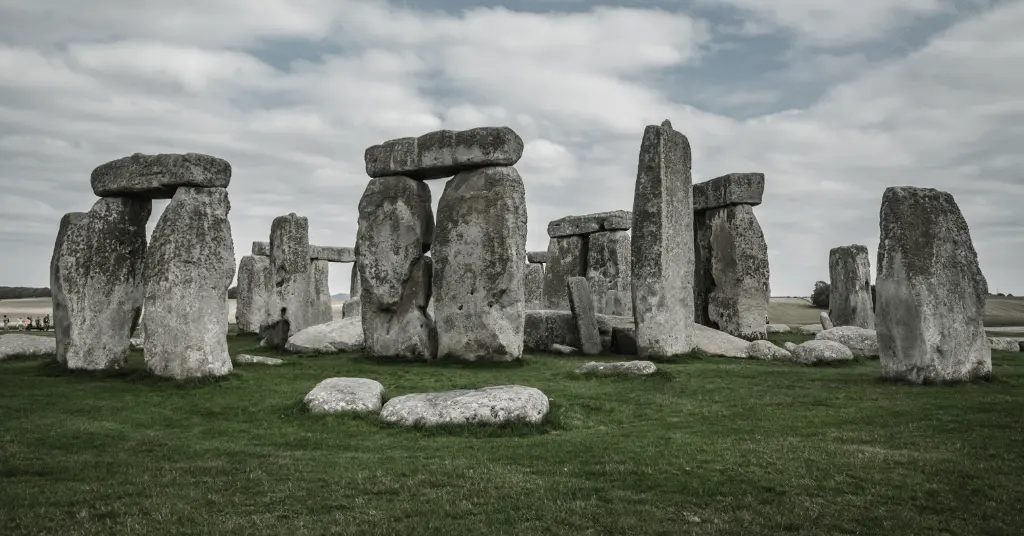
Landscape archaeology tries to comprehend the method by which ancient cultures interacted with and modified their natural environment and how this has impacted the cultural, social, and economic histories of diverse localities across time.
Some significant research concerns in landscape archaeology include:
- How did humans utilize and manage many sorts of topography, such as woods, rivers, beaches, and mountains?
- How did changing environmental circumstances, such as climate change or natural calamities, impact human civilizations and their utilization of the landscape?
- How did cultural and social activities, such as agriculture, pastoralism, hunting, fishing, and mining, impact the environment over time?
- How did differing social and economic systems, such as feudalism, capitalism, or communism, impact the exploitation and control of the landscape?
Primary Approaches and Techniques Employed in Landscape Archaeology
- Remote sensing methods, such as aerial photography, satellite photos, and LiDAR, are used to map and evaluate the physical properties of the environment.
- Ground surveys and excavations to explore the cultural and environmental history of a given area or location
- Geographical Information Systems (GIS) and other digital tools to analyze and understand spatial and temporal data connected to the landscape and human activities
Overall, landscape archaeology gives a unique perspective on the long-term interaction between people and their environment and may bring insights into current dialogues about environmental management, conservation, and sustainability.
Landscape Archaeology through Visual Art
Landscape archaeology via art is a creative and multidisciplinary method that integrates the techniques and ideas of landscape archaeology with art practice and interpretation. This technique tries to investigate and explain the ways in which historical civilizations have associated with and modified the natural environment, and how these ties have been represented in creative representations of the landscape.
One of the primary ways in which landscape archaeology and art intersect is via the use of visual media such as painting, sketching, photography, and cinema to portray and interpret the landscape. Using these instruments, artists and archaeologists may examine the material and cultural history of the environment and construct new strategies of perceiving and interpreting the world around us.
For example, some artists have leveraged the methodologies and technology of landscape archaeology, such as remote sensing and GIS, to produce digital artworks that map and reflect the cultural and natural history of a specific location. Others have harnessed conventional abilities like painting or drawing to generate vivid depictions of the environment that stress its material, cultural, and historical components.
At the same time, landscape archaeology may also give insights into the cultural and historical settings of art and creative expression. By investigating the technique with which prior civilizations have linked with and depicted the environment, archaeologists may gain new insights on the significance of art in modifying our perception of the world around us.
Lastly, landscape archaeology via art affords a broad and diverse way to understand and show the challenging and dynamic relationship between people and the natural environment across time. It provides a unique perspective on the material and cultural history of the landscape and enables creative alternatives for artistic expression and interpretation.
Landscape Archaeology is a new study in India.
There are various new and continuing research initiatives in landscape archaeology in India that are studying the links between people and the environment across time. Such instances include:
The Indus Watershed Archaeology Project: This collaboration project, funded by the University of Cambridge and the Indian Institute of Technology Gandhinagar, is researching the connection between humans and water in the Indus watershed region, which comprises areas of India and Pakistan. The research seeks to examine how water management systems have developed over time and how they have affected the social, economic, and political growth of the area.
The Ancient Landscapes of the Deccan Plateau: This project, financed by the University of York and the Deccan College Postgraduate and Research Institute in Pune, is researching the ancient landscapes of the Deccan Plateau, a huge highland area in central India. The project seeks to reconstruct the natural history of the area over the last 10,000 years and to grasp the manner in which human communities have adapted to and modified the terrain through time.
The Archaeology of Early Farming Societies in the Western Ghats: This project, financed by the University of Oxford and the Tata Institute of Social Sciences in Mumbai, is exploring the early agricultural civilizations that occupied the Western Ghats mountain region in southern India. The research seeks to understand how ancient societies adapted to and transformed the terrain via agriculture and other activities and how this influenced their social and economic prosperity.
Overall, these and other ongoing research activities in landscape archaeology in India are giving unique insights into the various and dynamic interactions between people and the environment across time. They are striving to reproduce the environmental and cultural past of numerous areas in India and to feed present problems concerning environmental management, conservation, and sustainability.

